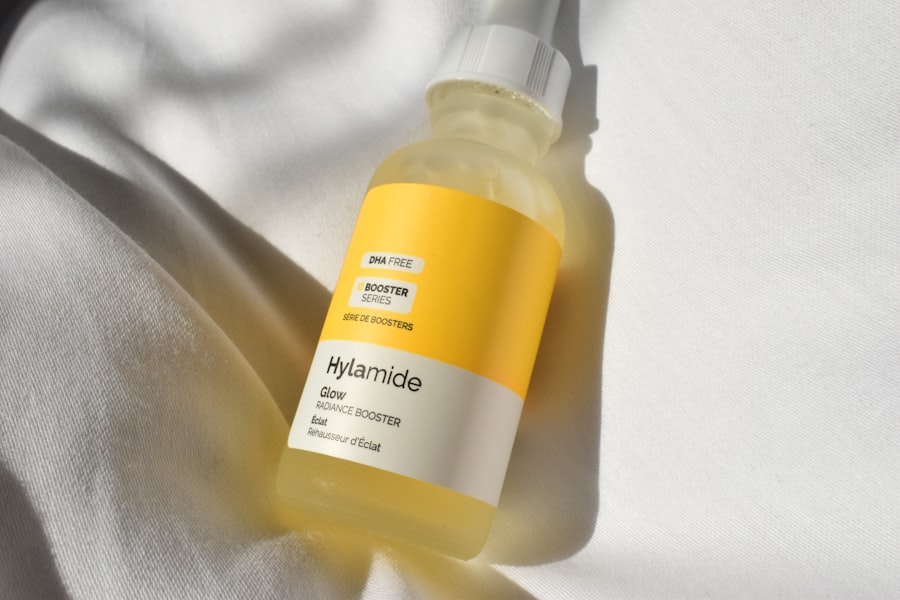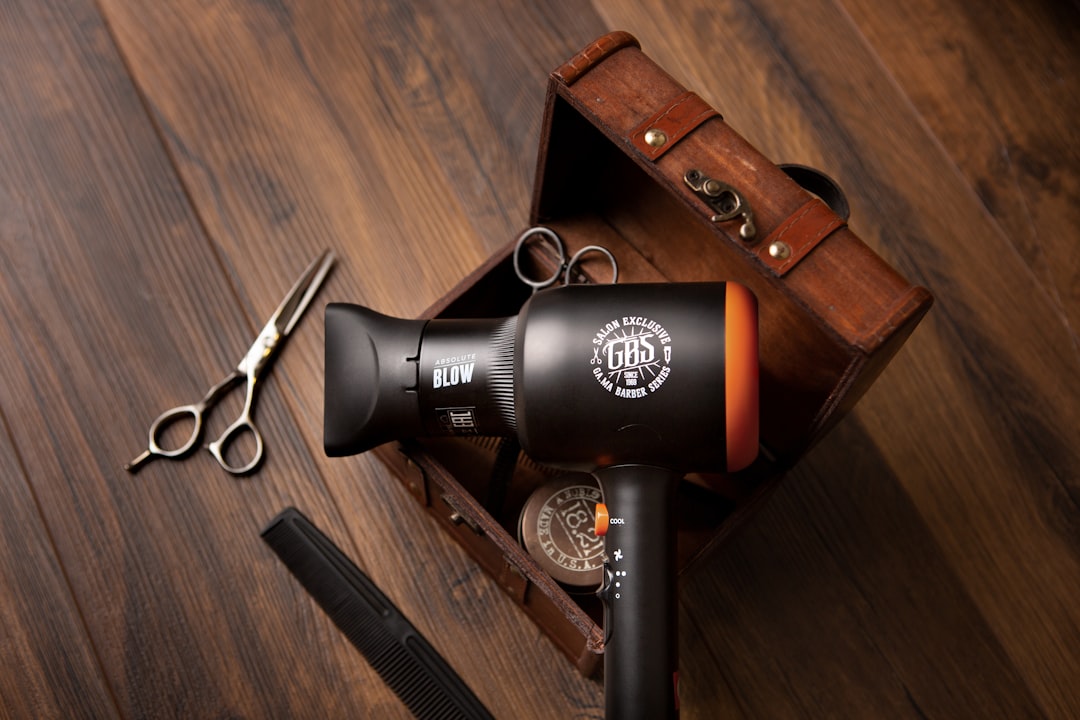Laser hair removal is a popular cosmetic procedure that utilizes concentrated beams of light to target and eliminate unwanted hair. The technology works by emitting a specific wavelength of light that is absorbed by the pigment in the hair follicles. This absorption generates heat, which damages the follicles and inhibits future hair growth.
As you consider this option, it’s essential to understand that the process is not instantaneous; multiple sessions are often required to achieve optimal results. Each session typically lasts anywhere from a few minutes to an hour, depending on the size of the area being treated. The effectiveness of laser hair removal can vary based on several factors, including hair color, skin type, and the area being treated.
Generally, individuals with lighter skin and darker hair tend to see the best results, as the contrast allows the laser to target the hair follicles more effectively. However, advancements in technology have made it possible for people with a wider range of skin tones and hair colors to benefit from this treatment. As you embark on this journey, it’s crucial to have realistic expectations and understand that while laser hair removal can significantly reduce hair growth, it may not guarantee complete hair removal.
Key Takeaways
- Laser hair removal targets hair follicles to reduce hair growth
- Waiting for the recommended time between sessions allows for better results and reduces potential risks
- Shaving too soon after laser hair removal can lead to skin irritation and potential damage
- Use gentle exfoliation and moisturizing products when shaving after laser hair removal
- Avoid using harsh chemical products and sun exposure on treated areas
The Importance of Waiting
After undergoing laser hair removal, patience is key. It’s essential to allow your skin time to heal and recover from the treatment before engaging in activities that could irritate or damage the treated area. Waiting is not just a suggestion; it’s a critical part of ensuring the success of your treatment.
Immediately after your session, your skin may be sensitive, red, or swollen, and exposing it to shaving or other forms of hair removal too soon can lead to complications. Waiting also allows your body to naturally shed the treated hair. Following laser treatment, you may notice that hair continues to grow for a short period before falling out.
This process can take several days to weeks, depending on your individual hair growth cycle. By refraining from shaving too soon, you give your skin the opportunity to recover fully and allow the laser treatment to work effectively. This waiting period is crucial for achieving the best possible results and minimizing any potential side effects.
Potential Risks of Shaving Too Soon

Shaving too soon after laser hair removal can lead to several unwanted complications. One of the most significant risks is skin irritation. Your skin may still be sensitive from the treatment, and using a razor can exacerbate redness, swelling, or even cause razor burn.
This irritation can be uncomfortable and may prolong the healing process, leading to a longer wait before you can enjoy smooth skin. Additionally, shaving too soon can interfere with the effectiveness of the laser treatment itself. If you remove hair before it has had a chance to fall out naturally, you may inadvertently stimulate new hair growth or disrupt the healing process of the follicles that were treated.
This could result in uneven hair regrowth or even an increase in ingrown hairs, which can be painful and unsightly. To avoid these risks, it’s essential to adhere to your dermatologist’s recommendations regarding when it is safe to shave after your laser hair removal session. (source: American Academy of Dermatology)
Tips for Shaving After Laser Hair Removal
| Tip | Description |
|---|---|
| Use a gentle cleanser | Before shaving, use a gentle cleanser to clean the skin and remove any residue. |
| Exfoliate the skin | Exfoliate the skin before shaving to prevent ingrown hairs and bumps. |
| Use a sharp razor | Use a sharp, clean razor to avoid irritation and nicks on the skin. |
| Shave in the direction of hair growth | Shaving in the direction of hair growth can help prevent irritation and ingrown hairs. |
| Moisturize after shaving | After shaving, apply a moisturizer to soothe the skin and prevent dryness. |
When the time comes for you to shave after your laser hair removal treatment, there are several tips you should keep in mind to ensure a smooth and safe experience. First and foremost, always use a clean and sharp razor. Dull blades can cause unnecessary irritation and increase the risk of cuts or nicks on sensitive skin.
Consider using a razor designed specifically for sensitive areas, as these often have features that minimize irritation. Before you begin shaving, make sure your skin is adequately prepared. Gently cleanse the area with a mild soap and warm water to remove any residual products or debris.
After cleansing, apply a soothing shaving cream or gel that is free from harsh chemicals or fragrances. This will help create a protective barrier between your skin and the razor, reducing friction and irritation during shaving. Always shave in the direction of hair growth rather than against it; this technique minimizes the risk of ingrown hairs and further irritation.
Products to Avoid
As you navigate post-laser hair removal care, it’s crucial to be mindful of the products you use on your skin. Certain ingredients can exacerbate sensitivity or irritation, so avoiding them is essential for maintaining healthy skin during your recovery period. For instance, steer clear of products containing alcohol or strong fragrances, as these can dry out your skin and lead to discomfort.
Additionally, avoid exfoliating scrubs or harsh chemical peels immediately after your treatment. While exfoliation is beneficial for removing dead skin cells in general, your skin may be too sensitive post-treatment to handle such products without adverse effects. Instead, opt for gentle moisturizers that contain soothing ingredients like aloe vera or chamomile.
These will help hydrate your skin without causing further irritation.
How to Care for Your Skin in the Meantime

Keeping the Treated Area Clean and Moisturized
While waiting for your skin to heal after laser hair removal, it is essential to keep the treated area clean and moisturized. Use a gentle cleanser that won’t strip your skin of its natural oils, followed by a hydrating lotion or cream that helps soothe any redness or irritation.
Protecting Your Skin from the Sun
Sun protection is another critical aspect of post-laser care. Your skin will be more sensitive to UV rays after treatment, making it vital to apply sunscreen with a high SPF whenever you go outside. Look for broad-spectrum formulas that protect against both UVA and UVB rays.
Additional Tips for Optimal Recovery
Wearing protective clothing or seeking shade during peak sun hours can also help shield your skin from potential damage. By following these simple tips, you can promote a smooth and healthy recovery, ensuring optimal results from your laser hair removal treatment.
Long-Term Benefits of Waiting
The benefits of waiting after laser hair removal extend beyond immediate comfort; they also contribute significantly to long-term results. By allowing your skin ample time to heal before resuming shaving or other hair removal methods, you enhance the effectiveness of the treatment itself. This patience can lead to more significant reductions in hair growth over time, ultimately saving you time and money on future grooming efforts.
Moreover, waiting helps minimize potential side effects such as ingrown hairs or skin irritation that can arise from premature shaving. By prioritizing your skin’s health during this recovery phase, you set yourself up for smoother skin in the long run. The investment in time and care pays off as you enjoy lasting results from your laser hair removal sessions.
Consulting with Your Dermatologist
Finally, one of the most important steps you can take throughout this process is consulting with your dermatologist. They are equipped with the knowledge and expertise necessary to guide you through every stage of your laser hair removal journey. If you have any questions or concerns about post-treatment care or when it’s safe to resume shaving, don’t hesitate to reach out for professional advice.
Your dermatologist can provide personalized recommendations based on your unique skin type and treatment history. They may suggest specific products that are safe for use after laser treatments or offer tailored advice on how to care for your skin during recovery. By maintaining open communication with your dermatologist, you ensure that you are taking all necessary precautions for optimal results while minimizing any potential risks associated with post-treatment care.
In conclusion, understanding laser hair removal and its aftercare is crucial for achieving the best possible results while maintaining healthy skin. By waiting patiently before resuming shaving and following proper care guidelines, you set yourself up for success in your journey toward smooth, hair-free skin. Always consult with your dermatologist for personalized advice tailored to your needs; their expertise will be invaluable as you navigate this transformative experience.
If you are wondering how soon you can shave after laser hair removal, you may want to check out this article on inlaserhairremoval.
com/home-fashion/’>inlaserhairremoval.com. This website provides valuable information on laser hair removal and offers tips on post-treatment care. It is important to follow the guidelines provided by professionals to ensure the best results and avoid any potential complications.
FAQs
What is laser hair removal?
Laser hair removal is a cosmetic procedure that uses a concentrated beam of light (laser) to remove unwanted hair. The laser targets the pigment in the hair follicles, damaging them and inhibiting future hair growth.
How soon can I shave after laser hair removal?
It is generally recommended to wait at least 2-3 days after laser hair removal before shaving the treated area. This allows the skin to recover from the treatment and reduces the risk of irritation or damage.
Why is it important to wait before shaving after laser hair removal?
Waiting a few days before shaving after laser hair removal allows the skin to heal and reduces the risk of irritation, redness, or ingrown hairs. Shaving too soon after the treatment can cause further irritation and potentially damage the skin.
Can I use other hair removal methods after laser hair removal?
It is generally recommended to avoid other hair removal methods, such as waxing or plucking, for a few weeks after laser hair removal. These methods can interfere with the hair growth cycle and the effectiveness of the laser treatment.
What should I do if I experience irritation or discomfort after shaving post-laser hair removal?
If you experience irritation or discomfort after shaving following laser hair removal, it is important to avoid further shaving and to gently moisturize the area. If the irritation persists, it is advisable to consult with the provider who performed the laser hair removal treatment.






